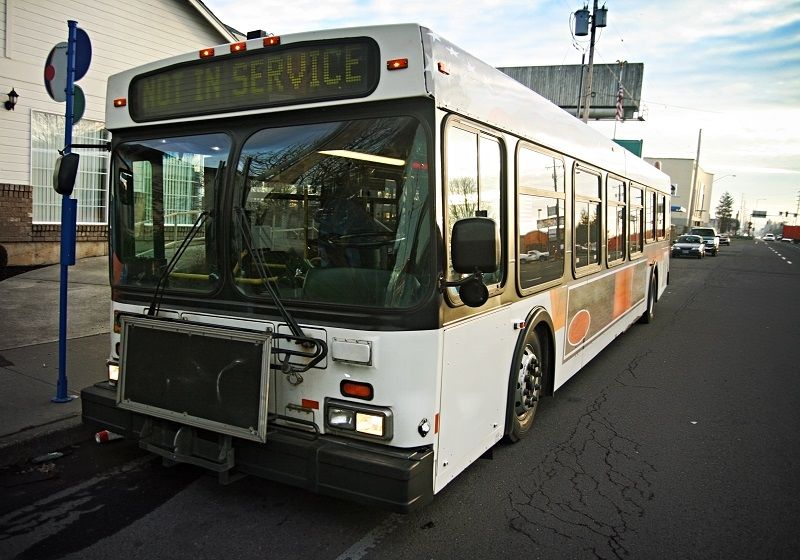

Last Wednesday the Bush administration announced new fuel economy standards for light trucks and SUVs. Transportation Secretary Norman Mineta asserted that the new regulations, which will affect vehicles sold from 2008 to 2011, will save 10.7 billion gallons of fuel during those years by mandating greater vehicle efficiency.
But this projection ignores the fact that improved efficiency tends to lead to greater consumer use, whether in motor vehicle driving or desktop computing. For example, between 1970 and 2002, the energy efficiency of motor vehicles improved by 43 percent for light trucks and 39 percent for passenger vehicles. But vehicle miles traveled per capita went up by 82 percent during that same time period.
This is called the rebound effect. Any money saved from improved fuel economy of the new standards will probably be spent on higher levels of driving, or some other energy-consuming activity.
Advocates of these regulations defend them on the grounds that they give consumers more choices, but consumers already have more than 100 models of fuel-efficient vehicles to pick from. They don’t need a federal regulation to improve the marketplace; they can simply vote with their dollars.
Auto efficiency standards are the classic case of a bureaucratic program that feels good to politicians and special interest groups, but does nothing for consumers. Congress would be better off repealing this entire regulation and letting the market continue to work.
© 2006, Cascade Policy Institute. All rights reserved. Permission to reprint in whole or in part is hereby granted, provided the author and Cascade Policy Institute are cited. Contact Cascade at (503) 242-0900 to arrange print or broadcast interviews on this topic. For more topics visit the QuickPoint! archive.











